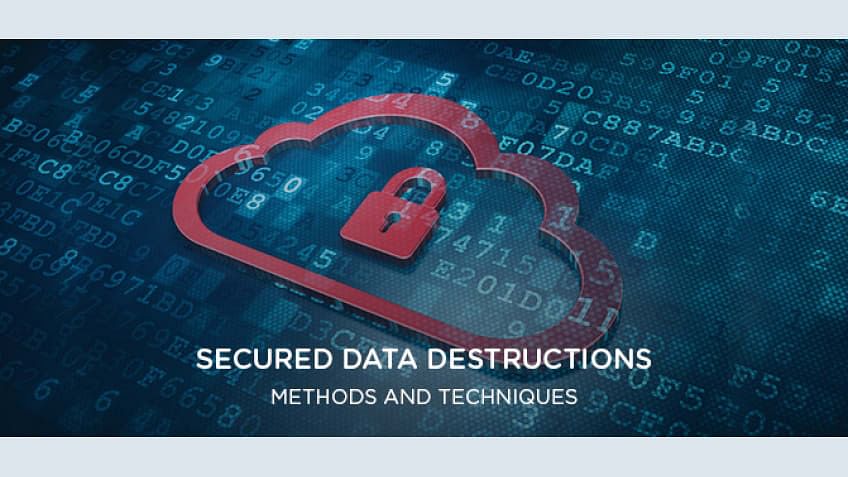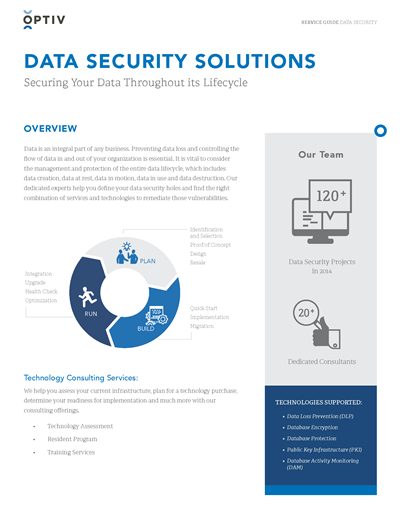Data Destruction Solutions: A Key Element in Your Cyber Security Technique
Data Destruction Solutions: A Key Element in Your Cyber Security Technique
Blog Article
The Value of Effective Data Devastation Practices in Safeguarding Sensitive Details and Ensuring Computer Security
In a period where information breaches are significantly typical, the significance of effective information devastation techniques can not be overstated. Implementing durable information destruction approaches not only alleviates these risks but likewise straightens with legal compliance demands, guaranteeing that companies promote their reputation and foster client count on.
Understanding Information Destruction
Understanding information devastation is critical in today's electronic landscape, where delicate info can quickly be compromised. Effective data destruction includes not just making certain but removing data that information is irretrievable with thorough approaches. This procedure is crucial for companies that handle private customer details, intellectual home, or interior files, as any type of violation can bring about extreme financial and reputational repercussions.
Data damage includes various methods, consisting of shredding physical media, degaussing magnetic storage tools, and using software-based services that overwrite information several times. Each method serves a certain objective and needs to line up with the level of sensitivity of the information being disposed of. For instance, physical damage is frequently liked for tough drives consisting of very confidential information, while software methods could suffice for less sensitive information.
Furthermore, adhering to sector standards and policies, such as the General Information Security Regulation (GDPR) or the Health And Wellness Insurance Coverage Transportability and Accountability Act (HIPAA), is critical for compliance and to minimize legal threats. Organizations must develop a durable data devastation policy, train staff members on ideal techniques, and routinely audit their procedures to make certain that all sensitive info is gotten rid of firmly and properly.
Dangers of Inadequate Practices
Insufficient data damage practices expose organizations to considerable risks that can have significant repercussions. When delicate details is not effectively gotten rid of, it remains prone to unauthorized gain access to, which can bring about data violations and identification burglary. Such incidents not only compromise the safety of people but additionally tarnish the company's reputation, resulting in a loss of customer trust fund and possible economic repercussions.
In addition, governing compliance is significantly rigid in numerous markets. Failing to stick to information damage guidelines can lead to large penalties and lawsuits versus organizations. These fines can draw away and strain financial sources focus from core service procedures.
On top of that, the misuse of residual information can cause intellectual home theft or company reconnaissance, threatening competitive advantages (data destruction). The effect of poor information destruction prolongs past prompt financial losses; it can additionally result in long-lasting damages to brand name honesty and market placement

Organizations have to acknowledge that data safety and security is not exclusively about stopping breaches; it also incorporates the accountable monitoring of data throughout its lifecycle. Ignoring reliable information damage methods can have catastrophic ramifications, highlighting the need for robust measures to minimize these risks.
Ideal Practices for Information Damage
Carrying out reliable data destruction techniques is important for safeguarding delicate details and keeping conformity with regulative criteria. Organizations needs to embrace a multi-faceted technique to ensure that data is irretrievable, therefore avoiding unapproved gain access to and possible breaches.
First, data ought to be categorized based upon sensitivity, allowing companies to apply proper damage approaches tailored to the level of danger. For digital data, making use of software-based data-wiping tools that follow sector requirements can efficiently overwrite existing data. Physical destruction techniques, such as shredding or degaussing, are websites vital for gadgets that keep delicate info, ensuring total elimination.
Establishing a clear information retention policy is essential, describing for how long different sorts of details must be retained before devastation. Regular audits of data storage systems are also necessary to recognize unneeded or outdated data needing elimination.
In addition, training staff members on the importance of data devastation and the specific procedures to adhere to fosters a society of security within the organization. Preserving paperwork of information devastation processes provides responsibility and supports compliance with external guidelines and inner policies. By sticking to these ideal techniques, organizations can significantly minimize the risks connected with information exposure.
Legal and Compliance Considerations

Failing to conform with these regulations can lead to extreme penalties, consisting of significant fines and reputational damage. Organizations must execute a durable information damage plan that straightens with these legal structures and gives clear guidelines on the proper methods of data disposal, whether physical shredding or electronic cleaning.
Moreover, maintaining documentation of information destruction tasks is crucial for showing compliance during audits or evaluations. By prioritizing legal and compliance considerations, companies can enhance their information protection posture and foster depend on with stakeholders and clients, eventually contributing to a much more safe and secure information management environment.
Benefits of Effective Data Damage
Efficient information damage techniques prolong past plain compliance; they use considerable benefits to companies that prioritize them. By making sure that sensitive information is irretrievably ruined, companies minimize the threat of information violations and the possible financial repercussions related to them. This aggressive technique not just safeguards versus unauthorized access but also improves the overall credibility of the organization in the eyes of customers and stakeholders.
Carrying out durable information damage approaches, such as physical devastation of storage devices or innovative data cleaning techniques, adds to the strengthening of an organization's you can look here cybersecurity pose. data destruction. It decreases the probability of intellectual home theft and shields exclusive details, consequently keeping a competitive edge in the market

Conclusion
In verdict, efficient information damage practices are vital for securing sensitive details and improving total computer system safety and security. Ultimately, a commitment to robust data destruction strategies promotes a society of duty, thus reinforcing a company's cybersecurity stance and preserving client count on.

Report this page